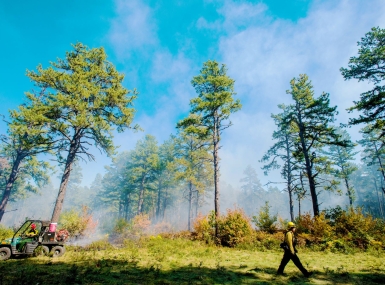Counties see faint hope for meaningful input on Old-Growth Amendment
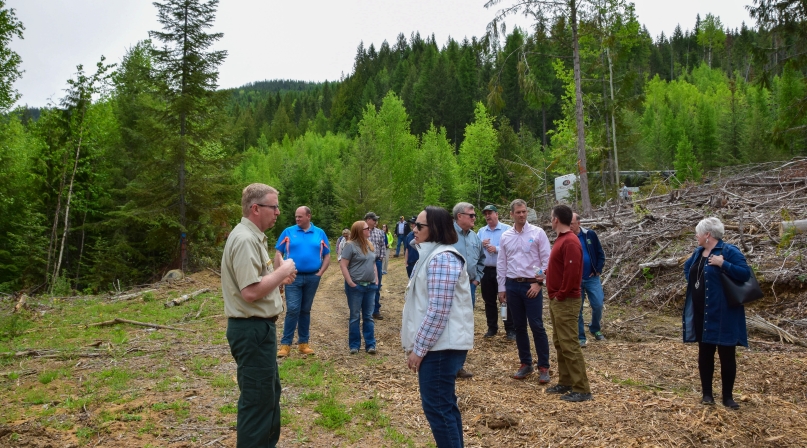
Key Takeaways
With less than two months before a draft is published, counties are trying to offer input while the U.S. Forest Service works toward an amendment to a rule guiding protections for old-growth forests.
The amendment would comprehensively guide policies for 128 national forests nationwide, but critics say the process has left counties out until past the time their input could be meaningfully considered. County officials have likened adding their comments to the plan to jumping on a moving train.
“What the Forest Service is trying to do feels like they’ve worked on this for some time, and they’ve given a very short window to ‘cooperate’ with counties on plans that impact us on a large scale locally and a broad brush plan for the country that doesn’t make any sense,” said Klamath County, Ore. Commissioner Derrick DeGroot.
The amendment follows President Biden’s executive order in 2022 to develop policies, with robust opportunity for public comment, to institutionalize climate-smart management and conservation strategies that address threats to mature and old-growth forests on federal lands.
The opportunity for public comment, however, is largely restricted to cooperating agencies, a mechanism that is only now being finalized by the Forest Service. Cooperating agencies receive more information and engament in the process, which can give their feedback more weight than that from the general population.
“County and local government input is very important to us,” said Deputy U.S. Forest Service Chief Chris French. “The amendment will provide a framework or guidelines and then local decisions will still be made based on the local conditions in coordination with local governments. We encourage the county commissioners to coordinate with the forest on local land management decisions.”
Critics say the opportunity to engage with counties was when the notice of intent was published in December 2023, if not when the executive order was released in 2022.
“The national old growth amendment is being completed on a focused timeline due to the urgency of the issue,” French said.
“The impacts we are seeing from climate change vary by location,” he said. “Each forest plan is different, a plan amendment allows for flexibility so land management decisions can be specific to the forest and the local conditions.”
County leaders are applying to become cooperating agencies to gain more information and offer more input, but to NACo’s knowledge, no counties have been successful.
NACo is working directly with the Forest Service on providing feedback.
Aside from the executive order’s language, the National Environmental Policy Act requires the lead agency to invite participation of likely affected federal, state, tribal and local agencies and governments.
“We were disappointed and frustrated they forgot to mention county government when they published an article in the Federal Register [in December],” said John Espy, a Carbon County, Wyo. commissioner and Western Interstate Region president.
“Some of us caught it — we asked for cooperating agency status in January. We never heard back from them.
“I’ve been frustrated from the beginning when we did have talks with the Forest Service, that it was too cumbersome; they felt it was too cumbersome, to engage us as cooperating agencies in the beginning. That’s not our problem — that’s their problem to solve.”
While the Forest Service is pursuing an amendment, the Bureau of Land Management has proposed a rule offering conservation leases similar to current offerings for drilling, mining and grazing.
West McCart, a Stevens County, Wash. commissioner, said the scope of the amendment would have to be enormous, given the biological diversity in trees.
He said he’d be surprised if the Forest Service went into great detail and added that he hadn’t seen any proposals yet.
“I’ve got trees here on the east side of Washington that can be three or four inches in diameter and be 80 years old,” he said. “You go to western Washington and I can have a tree that’s three feet in diameter and be 60 years old, yeah, so diameter is no indication.”
But McCart worries the regulations will make it make it harder to reduce fuel from dead trees, citing a 500-acre area designated as a habitat for Canada lynx in the Colville National Forest that lacks lynx.
“I’ve got this great big huge, like 500-acre area, of trees that’s so dense, it isn’t funny. That’s just a tinderbox waiting to go off,” he said.
“From my perspective as a county commissioner, you’re setting more forest aside to be unmanaged that will cause more wildfires, more dead animals and safety concerns in my community.”
Espy wants to hear from Forest Service Chief Randy Moore.
“The silence from the top of the leadership is really frustrating to me,” he said.
“Chief Moore hasn’t really reached out, you know, kind of done anything and it’s frustrating.”
DeGroot noted that staff capacity was a bottleneck for counties who had input for the Forest Service.
“While I’m sure there are counties that have great professional staff that are able to respond to something like this, in this very abbreviated timeline, the majority of counties don’t have staff for that,” he said.
“As president of the Association of Oregon Counties, I was able to go around and talk to many county commissioners in many areas, where there’s fairly high turnover in elected officials, so they’re just trying to get up to speed with terms that we all use on a daily basis and describing things like ‘old-growth,’ what that even means.
“It’s going be nearly impossible for them to be able to comment in a real way in the time that’s been given.”
Related News
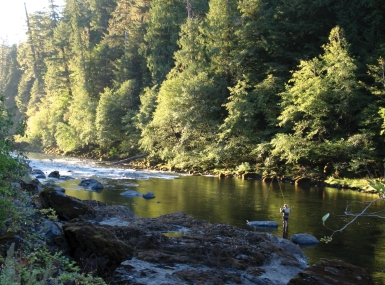
U.S. House passes suite of public lands legislation
The U.S. House considered a series of natural resource and public lands legislation addressing issues impacting public lands counties
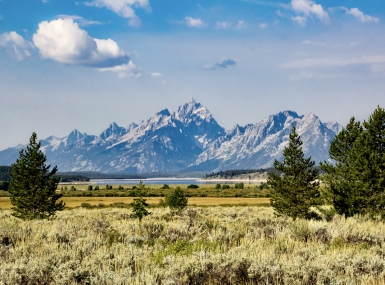
House Passes Historic Outdoor Recreation Legislation
The U.S. House passed the bipartisan EXPLORE Act (H.R.6492) on April 9 to boost outdoor recreation opportunities on public lands and aid local economies
County News
Counties face the long-term environmental effects of wildfires
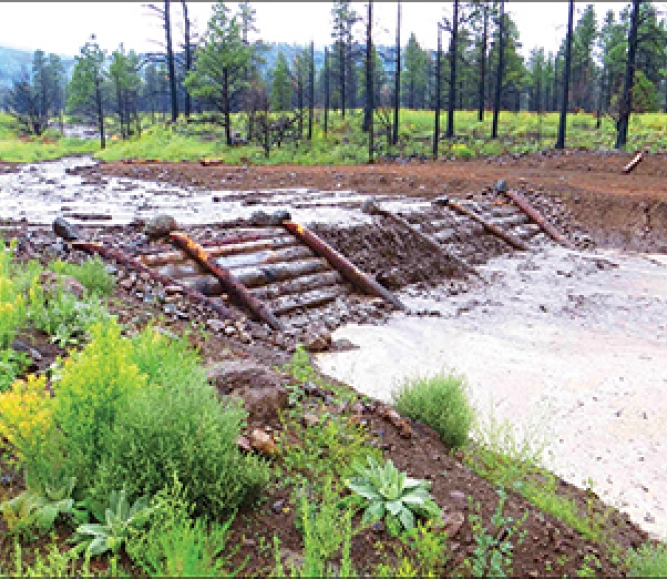
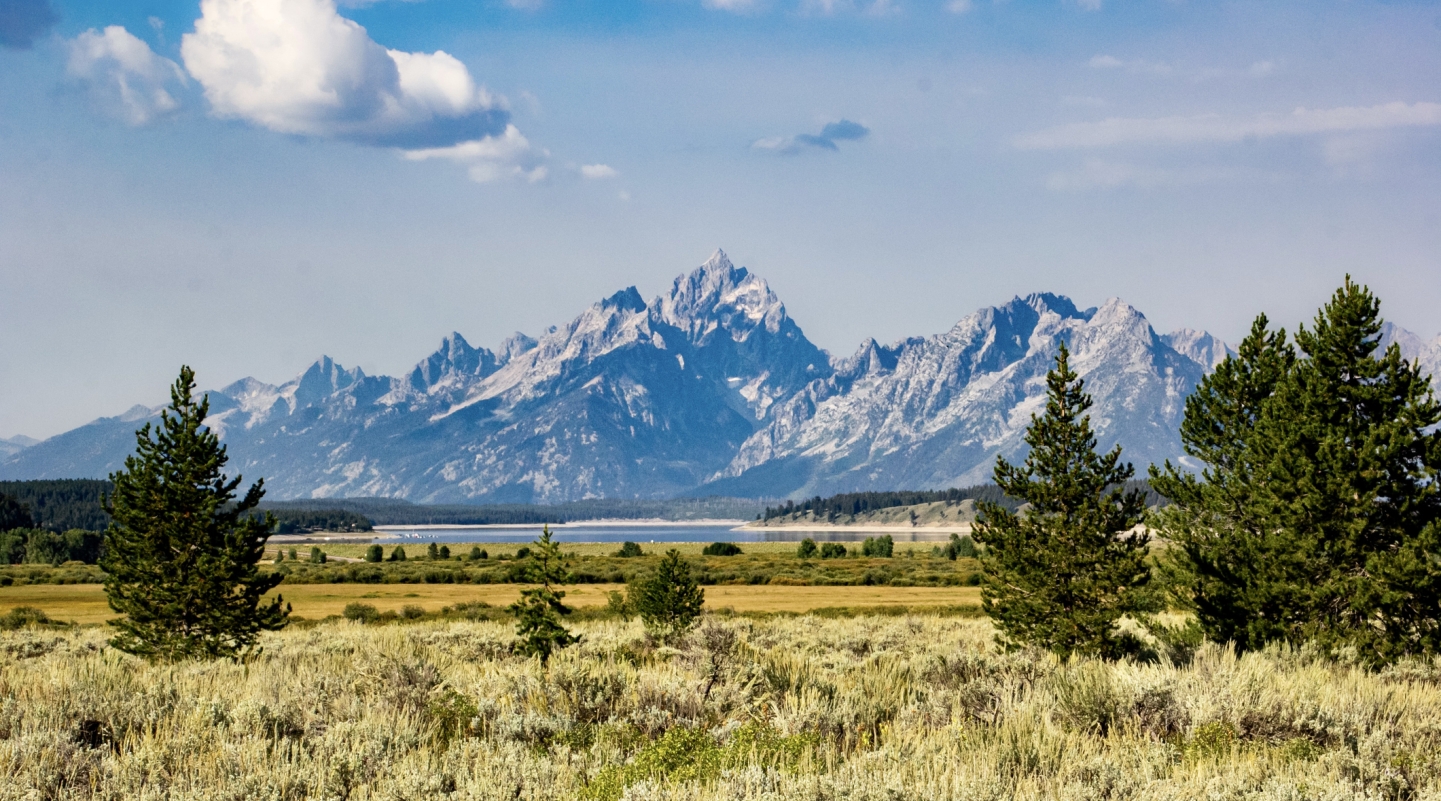
National Center for Public Lands Counties
The National Center for Public Lands Counties is dedicated to advancing the policy and practice study of America’s public lands counties. Our mission is to deepen the understanding and address the unique challenges faced by counties containing federal lands through strategic research and collaboration.

